A challenging operating environment and currency devaluation weighed slightly against Dangote Cement's financial performance in H1 2022. The H1 2022 result showed a -5.82% decline in PBT as production costs rose due to energy supply shocks. The group's revenue climbed +17.0% (Y-o-Y), despite the fall in sales and production volumes and lower operating income. The revenue rise resulted from an increase in cement price and likely discount cutbacks.
In H1 2022, Nigeria's largest cement maker improved its asset turnover, current ratio, and shareholder's return. However, analysts noticed that the company's debt-to-equity ratio rose by +15.9% (Y-o-Y) to 0.80. The N116bn bond issuance completed in July 2022 raised the company's debt-to-equity profile.
However, January's second tranche of its buyback program rebalanced the ratio slightly. The company repurchased 0.98% of outstanding shares; this contributed to the decline in shareholder's equity from N805.0bn in Q1 2022 to N775.9bn in Q2 2022. Despite the buyback program, its earnings per share fell to N10.1k in H1 2022 from N11.21k in H1 2021 due to unrealized foreign exchange losses.
Key Highlights
- Revenue grew by +17.0% (Y-o-Y) from N690.5bn in H1 2021 to N808.0bn in H1 2022
- Profit before tax (PBT) dropped by -5.82% (Y-o-Y) to N264.9bn in H1 2022 from N281.3bn in H1 2021
- Finance income rose by +133.9% (Y-o-Y) in H1 2022 relative to H1 2021
- Profit after tax (PAT) dipped by -10.2% (Y-o-Y) to N172.1bn in H1 2022 from N191.6bn in H1 2021
- Earnings per share (eps) fell from N11.21K to N10.1K by -9.9% (Y-o-Y) in H1 2022
- Asset turnover increased marginally by +8.5% (Y-o-Y) from 0.33 in H1 2021 to 0.36 in H1 2022
- Total assets rose by +7.84% (Y-o-Y) from N2,074.7bn in H1 2021 to N2,237.3bn in H1 2022
- Total equity fell by -3.6% (Y-o-Y) in the first half of 2022
Investors' Eye Bearish Slide
The Share Price Rubber Band
Dangote Cement's year-to-date (YTD) share price movement was relatively flat, fluctuating slightly in January but remaining flat at N273 between February and April. It rose somewhat to N280.00 in mid-May 2022 and sustained a bullish path, touching a resistance price of N300.00 in the second week. However, the share price fell to N297.00 and began a steady slide. The cement maker's price dipped to a support level of N241 at the beginning of the second week of August but climbed back up to N265 on August 10, 2022 (see chart 1 below).
Chart 1 Dangote Cement's Share Price Movement Jan-August 2022
Revenue
The clinker maker maintained the upward trajectory of its revenue flow in H1 2022, it rose by +17.0% from N690.5m in H1 2021 to N808.0m, driven by the sales of cement and clinker and sales of other products. Notwithstanding the -7.01% decline in sales volume and -4.68% fall in production volume, the top-line earnings edged higher, with a more significant portion coming from Nigeria valued at N622.9m and N185.1m from Pan African countries.
The inflationary pressure from energy supply shocks weighed on the company's production cost, which increased by +16.8% year-on-year (Y-o-Y). Analysts noticed Nigeria's production pulled up the group's revenue as Pan African countries had a lower production volume due to plant maintenance and supply chain challenges (see chart 2 below).
Chart 2 Dangote Cement's H1 2019 -H1 2022 Revenues
Profit before Tax (PBT)
Despite the rise in revenue, the cement maker saw a fall in PBT in H1 2022; the -5.82% pullback resulted from the +65.3% rise in heavy haulage expenses and a sharp decline in other operating income (OCI). OCI fell from N6.05bn in H1 2021 to N2.14bn in H1 2022, while sundry income fell to N8.99m against N5.84bn in 2021.
The company's profit before tax (PBT) fell from N281.2bn in H1 2021 to N264.9bn in H1 2022, while its profit after tax (PAT) slipped by -10.2% to N172.1bn in H2 2022 from N191.6bn in H1 2021 (see chart 3 below).
Chart 3 Dangote Cement's PBT H1 2019 - H1 2022
Current Ratio
Dangote cement's liquidity improved in H1 2022; its current ratio rose to 0.69 in H1 2022 from 0.67 in H1 2021; a +13.8% rise in current assets drove the increase despite a +10.7% rise in current liabilities. The growth in short-term assets suggested an improvement in the cement maker's ability to meet short-term obligations (see chart 4 below).
Chart 4 Dangote Cements Current Ratio H1 2019 - H1 2022
Acid test ratio
Dangote cement's quick ratio fell modestly to 0.48 in H1 2022, reflecting larger inventories and a lower capacity to cover current liabilities by current assets after adjusting for warehouse and other stocks. The company has battled relatively low acid test ratios over the last four years. It recorded the lowest ratio in H1 2020 at 0.41 and the highest in H1 2019 at 0.53. Economic lockdowns explain the low 2020 ratio during the outbreak of COVID-19. The V-shaped recovery mirrored lower inventories leading to a higher ratio of 0.50 in H1 2021 (see chart below).
Chart 5 Dangote Cement's Acid Test Ratio H1 2019 - H1 2022
Leverage ratio
Analysts note that Dangote cement had a relatively high debt-to-equity ratio of 0.80 in H1 2022; the leap came from the company's total debt rising from N552.6m in H1 2021 to N617.5m in H1 2022 as equity declined by -3.6% (Y-o-Y). The ratio outcome reflected the company's heavy reliance on debt to finance operations. The clinker maker's issuance of a N116bn series 2 fixed rate senior unsecured bond in Q2 led to the notable rise in its total debt (see chart 6 below).
Chart 6 Dangote Cement's Leverage Ratio H1 2029 - H1 2022
Asset Turnover
The cement maker's asset utilization rose in H1 2022 to 0.36 from 0.32 in H1 2021; the rise came from increased top-line earnings and the rise in total assets to N2.24bn in H1 2022 from N2.07bn in H1 2021 (see chart 7 below).
Chart 7: Dangote Cement's Asset Turnover Ratio
A Sector's Cash Conversion Cycle- Different Strokes for Different Folks
Growing operating cash flow is at the heart of a sound business, and corporates find this a tough act to follow. Cement companies are discovering that conversion of purchases on inputs (outflow) to income from sales (inflow) is increasingly difficult. A slow down in Nigeria's gross domestic product (GDP) growth (Fitch Global estimates 2022 growth at 2.5% against other forecasts of around 3.4%) could hurt cement industry cash flow.
A rise in the inflation rate (19.64% as of July 2022) may lead to incremental increases in the Central Bank's policy rate (MPR) (now at 14%) and higher domestic lending rates. Higher borrowing costs would cut corporate profit after tax (PAT) and reduce local cement makers' operating and free cash flows in 2022.
In H1 2022, cement maker's cash conversion cycles (CCCs) were an average of 490 days for Lafarge, 406 days for Dangote cement, and 274 days for BUA. The longer the days of outstanding payables, the more cash was available for the businesses to invest in short-term projects to enhance working capital and cash flow and vice-versa.
Regarding receivables, Dangote led the band with 19 days on hand, followed by Lafarge at 21 days on hand and BUA at 77 days on hand. The quick translation was that the shorter the receivable days on hand, the more cash was available for operations. Dangote had a lower tolerance for delayed payments and, therefore, had superior liquidity than competitors.
The sector's inventory management dashboard revealed inventory patterns across competing manufacturers. High inventory days indicated the pressure on operating and free cash flows. BUA led the pack with the highest inventory days of 171 days, while Lafarge and Dangote held inventory days of 208 days and 277 days, respectively. In other words, Dangote had the largest stockpile of inventories which counterbalanced its relatively low receivables and thinned down its free cash flow.
The problem of cash and liquidity can be tricky. H1 2022 data shows that BUA Cement had the least liquidity at a negative 25 days working capital days on hand, followed by Dangote at 160 days and Lafarge at 261 days. The longer receivables payment and the shorter payables period reinforced BUA's weaker working capital cash flow (see illustrations 1 & 2 below).
Illustration 1 Cement Company Cash Conversion Cycles
Illustration 2 Deconstructing Cement Company Cash Cycles
Sweating SWOTs
The industry's strengths, weaknesses, opportunities and threats are caught in the illustration below (see illustration 3 below).
Illustration 3 SWOT Analysis of Nigeria's Cement Industry
Doing a Nigerian Cement Industry PESTEL Driveby
Political
Politics has served awkward punches on the jaw of private enterprises in Nigeria, but the cement industry has swerved to dodge the thick fists. Cement makers have enjoyed government tax concessions and other fiscal support. However, with the Federal Government of Nigeria (FGN) in dire fiscal straits, the concessionary environment may be short-lived, except for the biggest clinker makers. Dangote, Lafarge and BUA may still benefit from road infrastructure-related tax credits, but other preferential treatment may fizzle.
With the 2023 elections creeping nearer, the new federal government may be less prepared to allow potential tax revenues to escape capture. The need to close the government budget gap may see cement companies make higher tax contributions, especially considering Dangote's gross profit margin of 60%, BUA'S margin of around 30% and Lafarge's margin of slightly under 25%.
Beyond taxes, a new government may want to stimulate real estate and infrastructure development by encouraging lower product prices. Nigeria's cement industry operates as a collusive oligopoly, meaning that product pricing is similar to that of a monopolist. A revitalized federal competition and consumer protection council (FCCPC) may be less accommodating of sectoral pricing
Economic
The industry's oligopolistic market structure raises near monopolistic pricing and supernormal profit considerations. Admittedly, the three largest companies have seen costs rise, and foreign exchange access fizz, but demand has remained durable, allowing for operating margin protection. Breakeven margins differ across the sector's front runners, but margins have become relatively modest, with Dangote posting the best.
Social
Cement has been the most common and extensively used adhesive in the construction industry. It is employed on highways, houses, bridges, commercial establishments, dams, and flyovers. Nigerian cement has grown from import dependency to a thriving African export epicentre. Credit goes to these cement industries as they also provide access to funds for start-ups, SMEs, and large enterprises. Several job opportunities have been created over the years to help reduce unemployment.
Technology
Changing the chemistry of cement companies to lessen their reliance on gas and hydro plants could improve product quality by using coal combustion residuals, such as fly ash and slag. These inputs can be used as aggregate in hot mix base courses to improve durability, efficiency, and net CO2 emissions. Cement makers could adopt renewable energy sources such as wind, solar, and waste heat recovery systems in cement manufacturing. Wind power facilities are less expensive to operate and maintain compared to other energy sources such as coal. They are fuel-free and ecologically beneficial.
Environmental Factors
The cement industry has contributed immensely to rapid infrastructural development with the construction of houses, roads, and companies, all summing up to productivity that aids economic growth. However, the benefits and contributions are impaired by the industry's heavy reliance on fossil fuels and non-renewable resources for production.
The toxic substances contribute extensively to global warming and climate change. Scientists estimated that 6% of carbon dioxide greenhouse gas emissions are generated from cement production, which is hazardous to plants and human health. The environmental law and regulations on emissions outrightly affect the industry, although the recent energy shocks have forced a diversion to some renewables like coal to replace fossil fuel combustion.
Categorically, the recent collapse of the country signals quality deficiency in building materials, primitively targeted to cement composition as against the durability of cement in other countries.
Legal Factors
The dominant entities of the industry demonstrate manipulative market power that pushes commodity prices above competitive market levels; their market power creates a higher profit margin relative to smaller competitors. In 2017, Dangote cement saw a rise in cement prices due to weak pricing oversight. However, the new Federal Competition and Consumer Protection Act of 2018 has attempted to check market pricing outside competitive arrangements.
The infrastructural contribution of the cement industry has supported growth resilience, having received multiple government tax rebates in the construction of roads under section 23 of the company income tax act (CITA).
Illustration 4: Nigeria's Cement Industry PESTEL Analysis
Last Words
Analysts believe that Nigeria's GDP growth rate will slow between 2.5% and 3.1% in 2022, leading to a potential reduction in demand for cement as the CBN tries to head off higher inflation rates by raising the monetary policy rate (MPR) to between 15% and 16% in Q3 2022.
While Dangote cement has managed to grow sales steadily (mainly by raising prices), the headroom for further revenue increases appears slimmer. With the inability to raise prices much higher on slower sales growth, the company's earnings before tax (PBT) growth would remain modest or decline. What is true of Dangote cement would affect competitors who would all see slower revenue growth and weaker profit growth.
 Lagos, NG • GMT +1
Lagos, NG • GMT +1











 1039 views
1039 views



















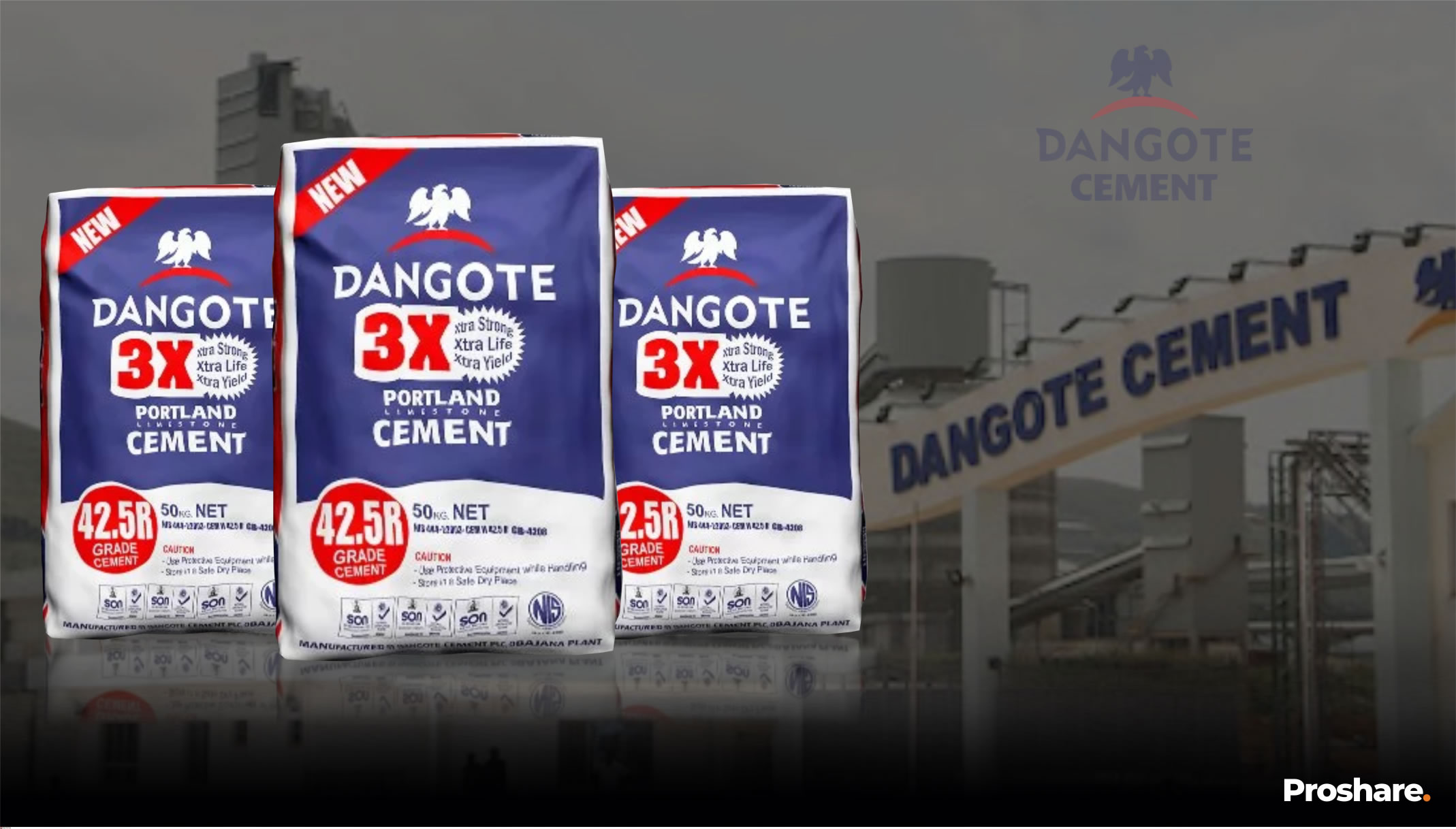
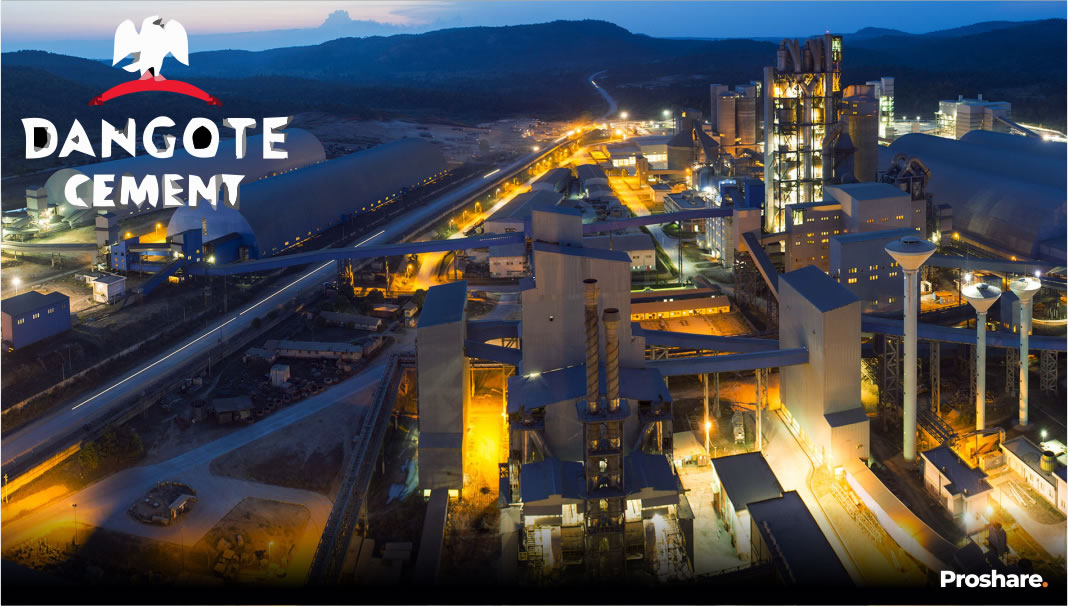
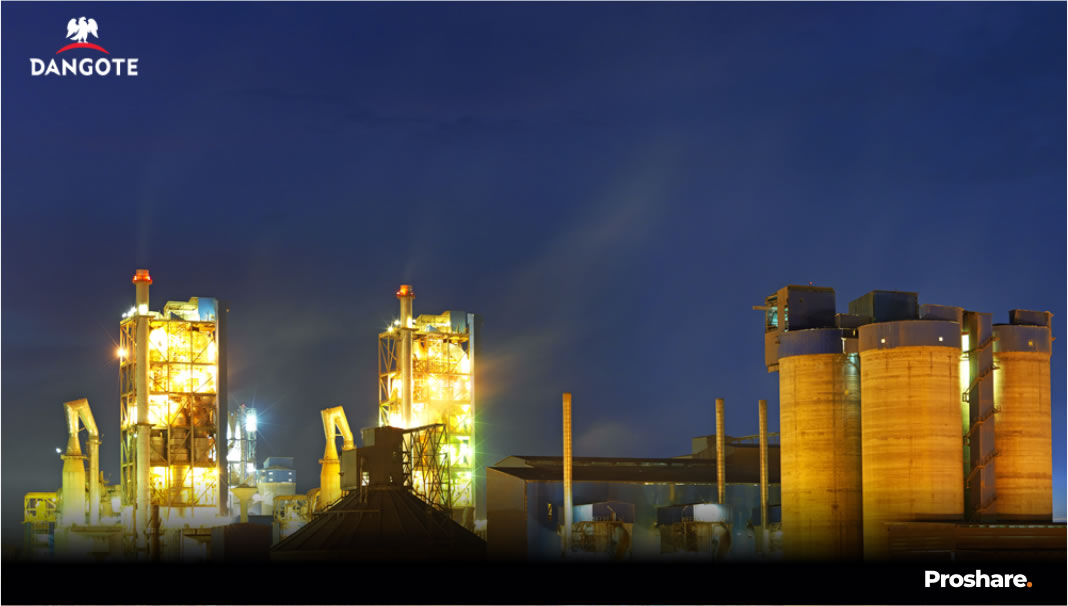
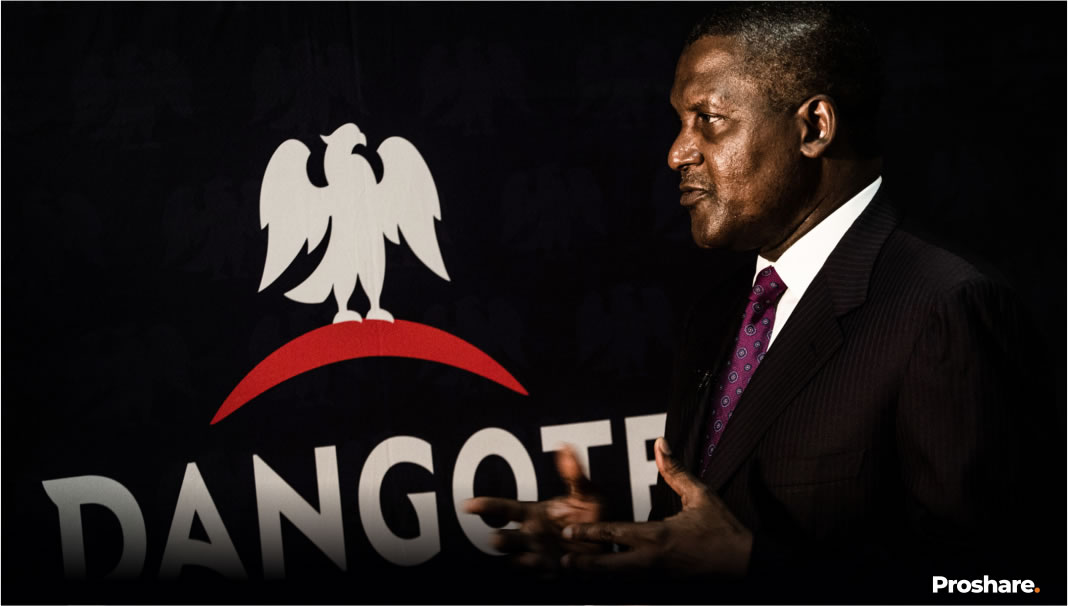
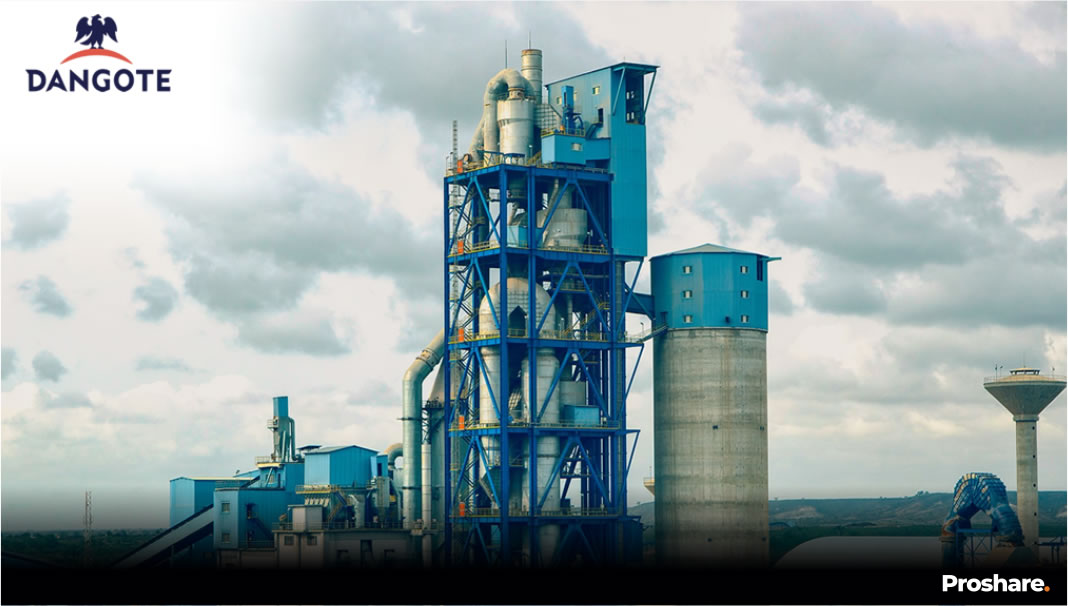
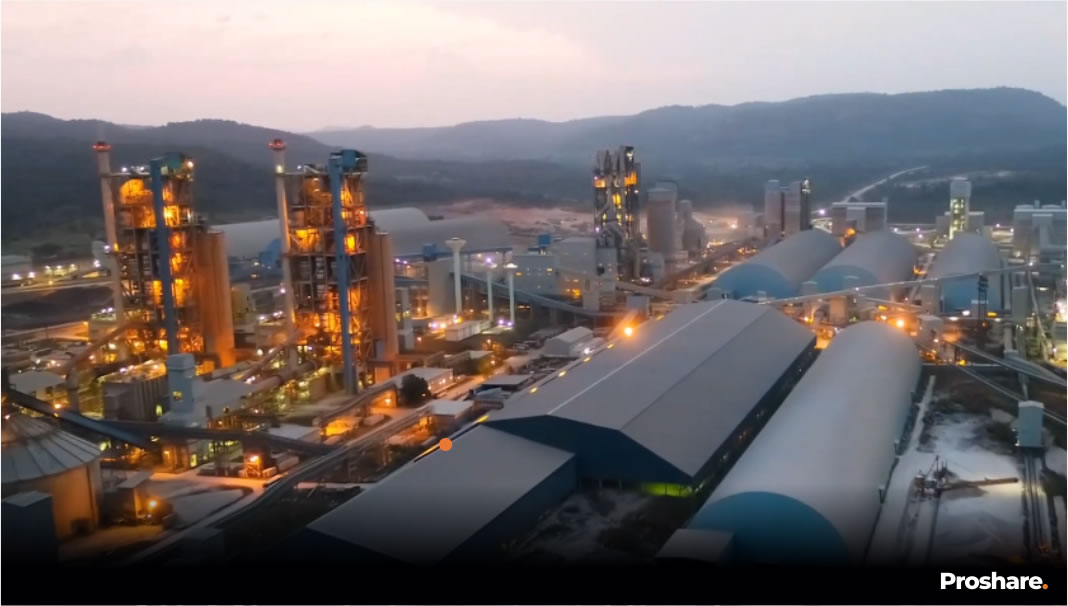
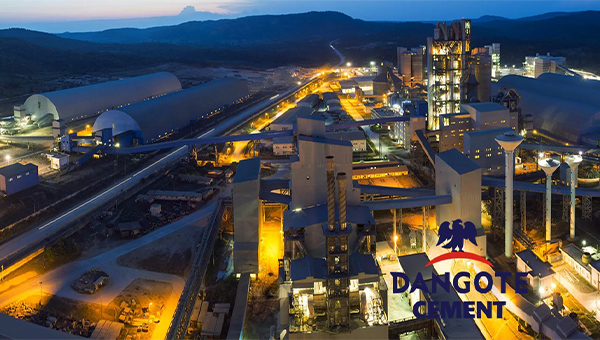
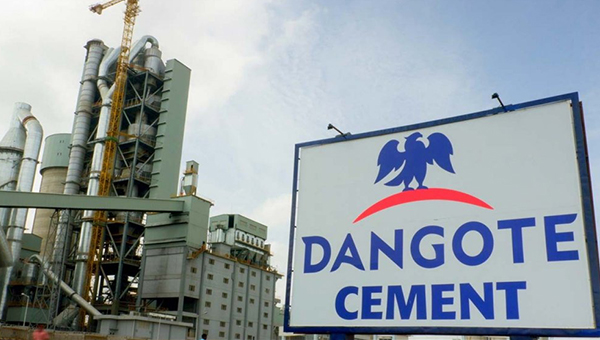





 Sponsored Ad
Sponsored Ad
 Advertise with Us
Advertise with Us









